Single Cylinder Petrol and/or Diesel Engine Test Bed W/O DAQ
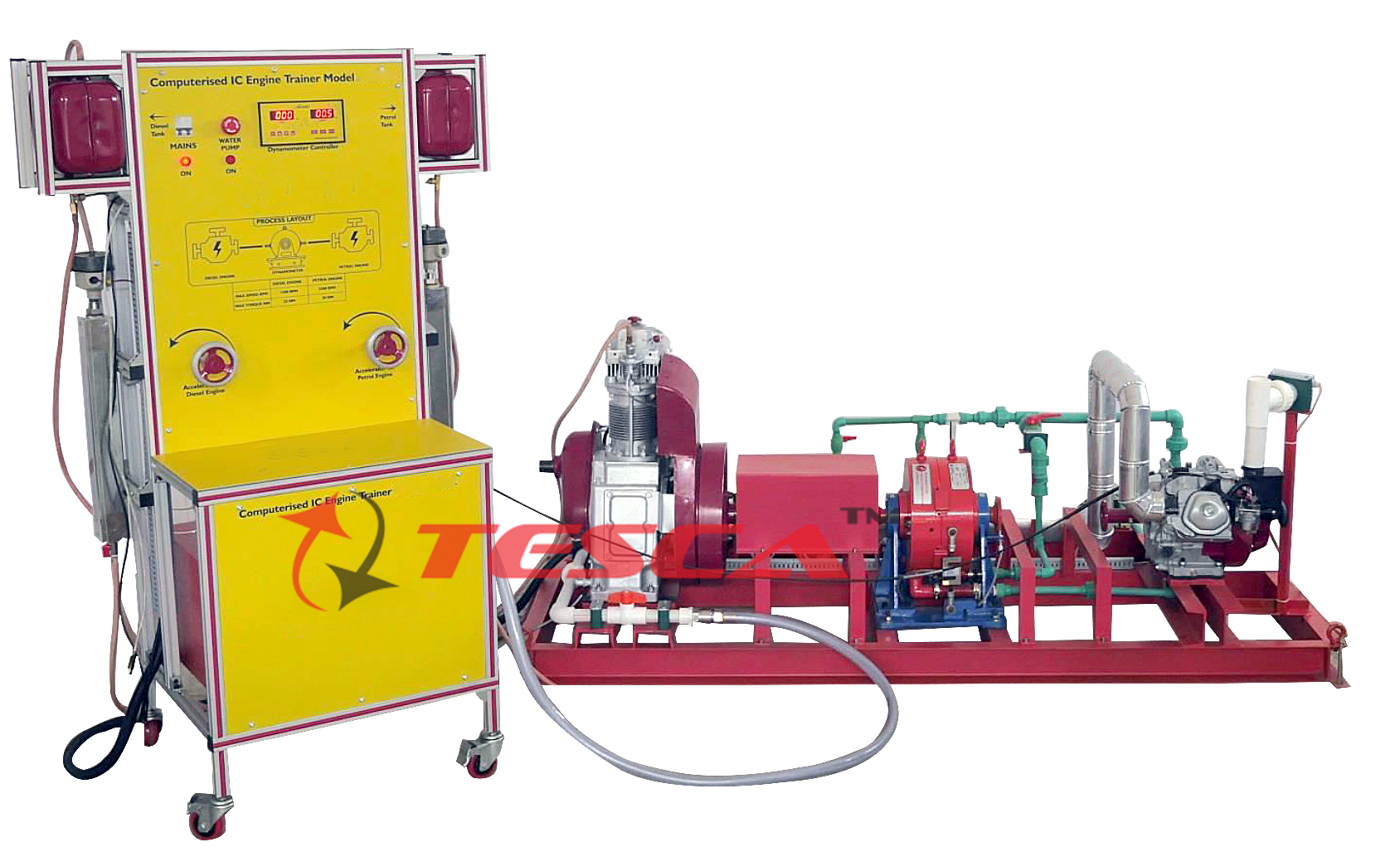
Order Code: 32719
Category: Technology Trainers
Features Designed for comprehensive analysis of performance of different automobile engines. Digital Instruments for measurement of parameters like fuel consumption, air flow, temperature and RPM etc. Demonstration of performance of Petrol & D...
SPECIFICATION
Features
Designed for comprehensive analysis of performance of different automobile engines.
Digital Instruments for measurement of parameters like fuel consumption, air flow, temperature and RPM etc.
Demonstration of performance of Petrol & Diesel; Engines at different throttle settings & Loads.
Optional dedicated ‘Diesel Engine’ or ‘Petrol Engine’ trainers available.
Optional High Speed Data Acquisition system for performance monitoring.
Single Cylinder Petrol and/or Diesel Engine Test Bed Order Code : 32719-32720 designed to felicitate testing of different automobile engines. The test bed is complete with eddy current dynamometer and measuring instruments for measuring key engine parameters required for performance analysis of an engine. The test bed can be used for testing of both petrol & diesel engines of passenger cars, rated up to 80 kW.
The test bed consists of a water cooled eddy current dynamometer fixed on a heavy-duty steel frame. The test bed is designed in such a way that the engine to be tested can be quickly coupled to the dynamometer with minimum effort. The test bed is equipped with dynamometer control panel with necessary safety instruments. The Engines can be used for performance tests for different loads and speeds under various throttle opening conditions. The eddy current dynamometer provides a variable load on the engine, allowing the characteristic power and torque curves to be reproduced in the laboratory. The system comes complete with extensive instrumentation, including rpm measurement, torque (from which power can be calculated), plus various temperatures, Fuel Consumption, Air Consumption. Different optional accessories are available to integrate with the Engine Test Bed for comprehensive engine performance analysis. These include the exhaust gas calorimeter (For Heat Balance Sheet), advance Data Acquisition System & P-V Diagram module for computerized testing.
Specifications
Hydraulic Dynamometer: Capacity @ 10KW, Water Cooled ( Optional) Eddy Current Dynamometer:
Water Cooled Eddy Current Dynamometer
Maximum Power: 10BHP @1500 rpm to 3000rpm
Maximum RPM 1500 to 8000rpm
Dynamometer Controller
Engines: Single Cylinder Four Stroke Petrol Engine
Air Cooled, Spark ignited, recoil start
Power Output: 8.7 kW (13 HP)
Maximum Torque: 20Nm @ 2500 rpm
Displacement: 589 cm3
Bore: 100 mm
Stroke: 75 mm
Compression Ratio: 8.2:1
Engine mounted on frame
Single Cylinder Four Stroke Diesel Engine
Air Cooled, compression ignition
Output: 6HP @ 3600rpm
Torque: 25 Nm @ 1500 rpm
Displacement: 665 cm3
Bore: 87.5 mm
Stroke: 110 mm
Note: Other Single Cylinder Engines can be supplied on request.
Calorimeter
Water Flow-rate Transmitter
Wheel type
Range: 0-2000 LPH
Output: 4-20mA
Load cell
Strain gauge type
‘S’ type
Range: 0 to 150 kg
Output: 3 mV/V
Operating mode: Compression/Tension
Threading: M10
Load cell transmitter
Range: 0 to 250 Nm
Output: 4 to 20 mA
Output: 0 to 10V DC
Level Sensor
Range: 0 to 420mm
Output: 4 to 20mA
Temperature Sensors:
Type: Resistive Type
Model: Pt100
‘Sci-Cal’ DAQ software which stores all data and formulae for calculations, as well as record on excel sheets the accurate data as well as readings for the purpose of calculations.
DAQ device
Analog Channels: 16 nos
Digital Channels: 45 nos
Air Box with Orifice plates for Air flow measurement.
Coupling: Either Engines can be coupled at a time to the Hydraulic Dynamometer or Eddy
Current Dynamometer
Fuel Tank: Two separate tanks, each for Petrol & Diesel.
Propeller shaft with protective covering.
Measuring Instruments, (Optional) Sensors & Transmitters –
Engine Digital RPM Meter or Optional Sensor & RPM transmitter
Calorimeter (Optional)
Water Flow rate Analogue or Optional Sensor based transmitter
Optional Pressure Transmitter Sensor (P-Theta & P-V arrangement)
Optional Encoder (P-Theta & P-V arrangement)
Fuel Level Meter or Optional Sensors
Optional Fuel Cell transmitters
Temperature Indicator or Optional Sensors
Optional Torque Sensor
Load Cell
Optional Load Cell transmitter
Air Flow Measurement Meter or Optional Sensors & Transmitters
Optional ‘Data Acquisition Software with necessay Sensors
Optional Data Interface Modules: a) Fast ADC b) Slow ADC
Data Communication
RS485 to USB Converter
CD/DVD containing:
DAQ Software
Differential Pressure Transmitter
Range: 0 to 255mmWC
Output: 0 to 10v DC
Air velocity Transmitter
Range: 0 to 10m/s
Accessories
Battery for starting the engines (Optional)
Set of Anti Vibration Pads(Optional)
Optional Auxiliary cooling unit for engine
Exhaust Gas Calorimeter (Optional)
Cooling Water Flow Transmitter
Pipe In pipe type heat exchanger
Thermocouples for water & gas temperature.
DAQ based Software (Optional)
Signal Converters
P-V Diagram Module (Optional)
Engine cylinder pressure
Crank angle Encoder
Experiments
Investigate Engine Performance at different Throttle Settings & Load conditions.
Calculation of Mechanical Efficiency & Plot brake power versus mechanical efficiency.
Measurement & Calculation of Volumetric efficiency.
Measurement & Calculation of specific fuel consumption
Measurement & Calculation of brake thermal efficiency
Determining air / fuel ratios
Heat Balance Test (With Optional Exhaust Gas Calorimeter)
Study of P- q & P – V Diagram for Engine (With optional P-V Module & Data Acquisition System).
Auto Sci-Cal® Engine Cycle Analyzer Module AMECA (Optional)
Features
Significantly enhances practical investigations, demonstrations and studies of internal combustion engines
For use with Smaller capacity Engine Test Sets and Regenerative Engine Test Set and engines
Factory fitted with suitable cylinder head transducers and crank angle encoders
Includes powerful Windows based software specially designed for educational use
Automatic calculation and real-time display of p-q plots and p-V plots and other important parameters
Useful snap-shot, replay and animation functions
Accurate, clear animations of crank, piston, inlet and exhaust valve positions help students visualise the engine cycle
Ideal for student experiments, laboratory demonstrations or project work, Engine Cycle Analyzer enables students to investigate a variety of engine performance characteristics.
Students can export data for further analysis tesca AutoSci-Cal Engine Cycle Analyzer Module AMECA is a module with hardware and software to measure
internal combustion engine cylinder pressure and crank angle.
Tesca AutoSci-Cal Engine Cycle Analyzer Module AMECA is a versatile module consisting of both hardware and software specially designed for educational use. It enables students to investigate the relationship between crank angle or volume and the cylinder pressure in an internal combustion engine. The equipment is primarily for use with engine test sets and engines but it can also be used with other engines fitted with compatible cylinder head transducers and crank angle encoders.
The equipment consists of a hardware unit with connectors and leads, plus Windows based data acquisition and analysis software. The hardware consists of a microprocessor-based signal conditioning unit with highspeed PC interface, housed in a rugged, protective enclosure. It accepts and conditions signals from the Cylinder Head Pressure Transducer and Crank Angle Encoder, pre-mounted on the engines. The cylinder pressure input includes a precision charge amplifier with a digital calibration. Crank angle position, the signal from the Crank Angle Encoder is also used to determine engine speed.
The output from the hardware unit connects to a computer (computer not included) running the Engine Cycle Analyser software. The hardware unit includes LED indicators to show the processor readiness, encoder top dead-centre position and PC communication status.
The software provides real-time display of pressure versus crank angle (p-q) and pressure versus volume (p-V) plots.
It performs calculations on the data to accurately display indicated mean effective pressure (IMEP) and indicated power for comparison with brake mean effective pressure (BMEP), and brake power to determine the mechanical efficiency of the test engine.
The software has useful snap-shot, replay and animation functions to help students visualise and better understand the engine cycle. The snap-shot and replay allow students to capture several engine cycles and study them using an animation showing the relative position of the crank, piston, inlet and exhaust valves. The software also allows students to create and recall engine configuration files for convenient entry of test engine data needed for calculations such as crank radius and engine swept volume. Data can also be exported to other software for further analysis.
Experiment Possibilities
Module AMESA allows investigations into a variety of internal combustion engine characteristics, including:
The thermodynamic cycle of an internal combustion engine
Calculation of indicated mean effective pressure and indicated power
Comparison of indicated mean effective pressure and brake mean effective pressure
Mechanical efficiency of the test engine
Further work using exported data such as combustion analysis
Extra Ancillaries (fitted on engines)
Cylinder Head Pressure Transducer
Crank Angle Encoder
Recommended computer hardware:
Intel® Pentium® 4 or equivalent processor operating at 2 GHz
512 MB of RAM
SVGA monitor with 16-bit colour, 1024 x 768 resolution
CD-Rom drive
USB 1.1 or 2 port
500 MB of hard disc space
Two-button mouse
Operating system:
• Microsoft® Windows XP, Vista, Windows 7 and 8
Standard Features
Supplied with comprehensive user guide
Made in accordance with the latest European Union Directives
Requirements:
Electrical supply:
Single-phase a.c. 90 to 240 V, 50/60 Hz
Operating Conditions
Operating environment: Well ventilated laboratory
Storage temperature range: –25°C to +55°C (when packed for transport)
Operating temperature range: +5°C to +40°C
Operating relative humidity range: 80% at temperatures < 31°C decreasing linearly to 50% at 40°C
Required Services
Electric Supply 230V 50Hz. With proper earthing.
Tap Water supply & drainage.
Water circulation at ambient temperature or cooling tower @ 100LPH
Exhaust chimney
Concrete foundation.

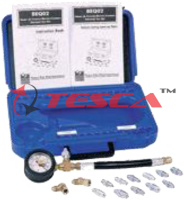

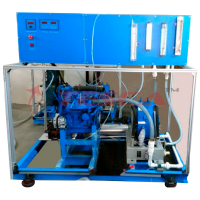
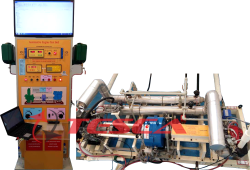
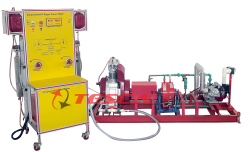
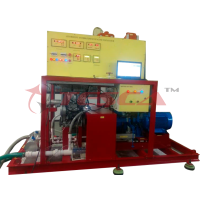
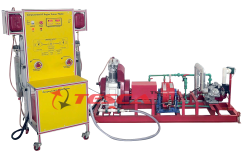
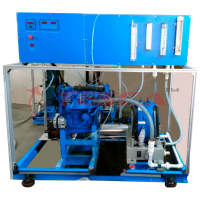
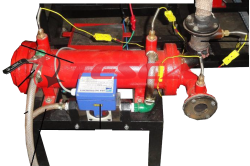

 91-9829132777
91-9829132777